
Environmental Services
Latest News
Advertisement
Advertisement







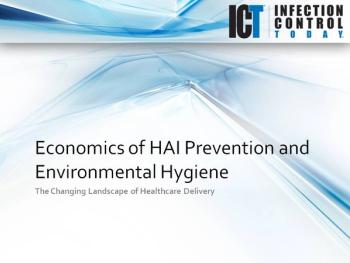


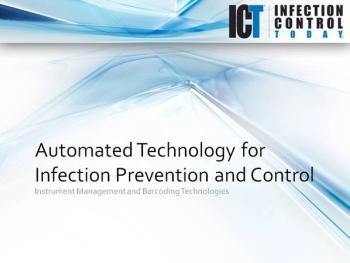




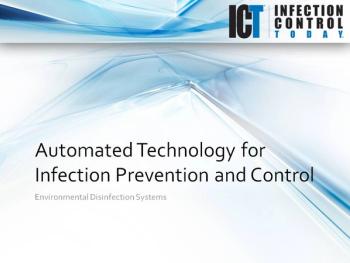




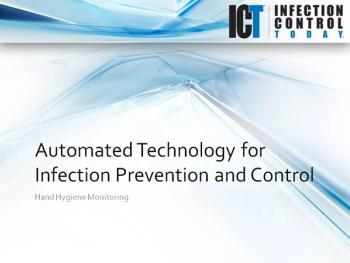



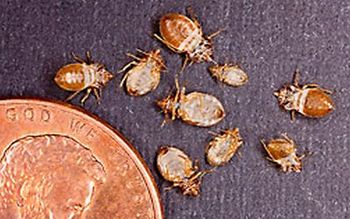
The resurgence of bed bugs over the last decade has caused problems in major U.S. cities where they infest homes, apartments, hotels, shelters and even places of work. The small, blood-feeding insects are not known to transmit diseases, but they can cause severe reactions in people who are allergic to them. Bed bugs usually go unnoticed until their numbers increase significantly, and getting rid of them can be costly.
Advertisement
Advertisement
Trending on Infection Control Today
1
Challenge Yourself and Your Team With ICT's Environmental Services Crossword
2
BACK TO BASICS: Why It’s the Smartest Move in IPC Right Now
3
Stopping the Line: A Tale of 2 Hospitals
4
Reducing Bioburden: How Copper-Infused Linens Support Infection Control Goals
5

